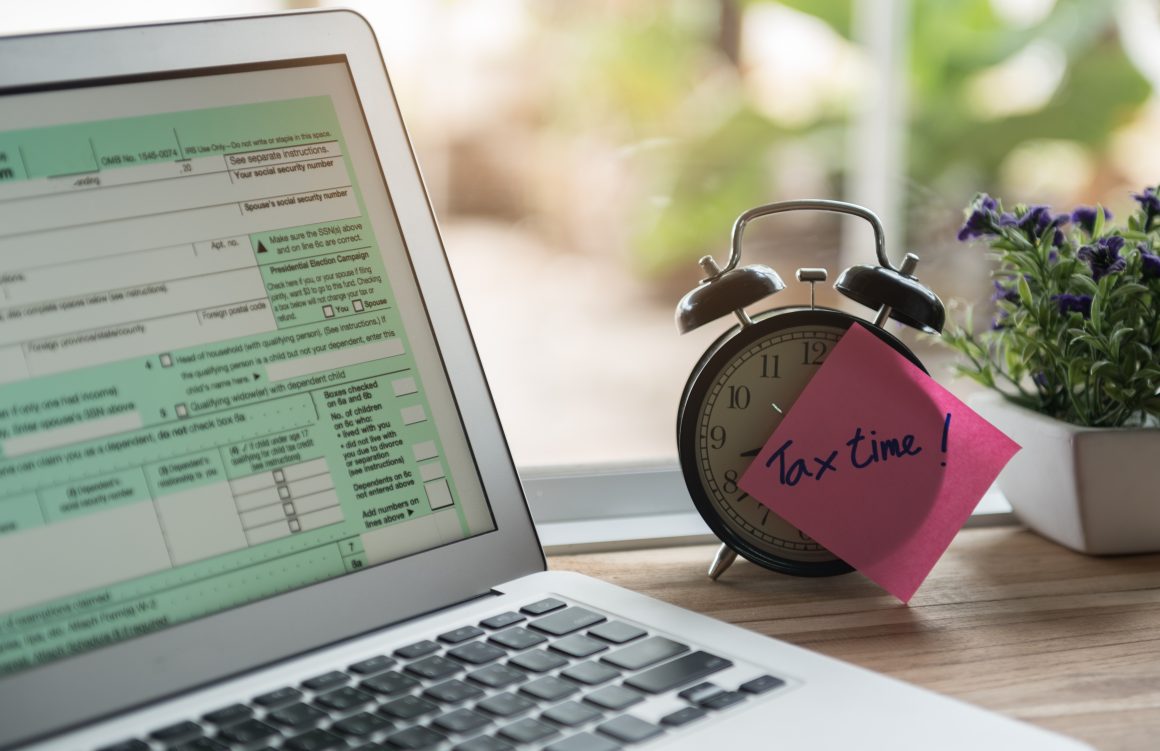- HOME
- Taxes & compliance
- Best Practices for Filing Your 1099 Taxes Online
Best Practices for Filing Your 1099 Taxes Online
Tax filing season has already begun in the US. It’s time to get those 1099 forms ready as the 1099 deadline approaches.
Form 1099 is also called an information return, which businesses file every year with the IRS. There are up to 16 types of 1099s. The most common one amongst business owners is the Miscellaneous Income form (Form 1099-MISC). This form covers a wide range of information like payments in the form of rent, royalties, prizes, and awards. If you have a registered business in the US, then you will need to send this form to all non-employees that you’ve paid over $600 for their services during the fiscal year. A complete guide from the IRS on 1099s can be found here. Please note that the IRS revised the tax form in December 2019. Rearrangements have been made to the boxes under the section “Redesigned Form 1099-MISC.”

The form allows the IRS to keep tabs on almost all taxpayers by matching the data in the 1099 and W-2 against the 1040 and other forms. Even the well-trained rely on best practices to get it right.
With this in mind, we have put together a list of some of these best practices that you can follow while filing your 1099s.
1. Make sure you have a written copy of the contract you sign with your vendors. The 1099-MISC Box 7 clearly mentions “Non-Employee Compensation.” If you have paid a non-employee for their services, then they are likely your vendors.
2. It’s difficult and time-consuming to obtain a W-9 after you have paid your vendors. It’s important that you get this done before you make the first payment to your 1099 vendor.
3. Commercial lease tenants should issue form 1099 to landlords for rent (1099-MISC form Box 1). If you are not a business, you are not required to file 1099s. If you are a tenant and a business paying over $600 a year in rent, then you must issue 1099-MISC to your landlord. You can list the rent paid to your landlord in Box 1.
4. Payments to attorneys and medical corporations must be reported even if the amount is below the $600 threshold. Payments related to suppliers of medical services include lab work, hospital fees, physical exams, etc. Payments to attorneys go under box 10 and those to medical corporations go under box 6.
5. To prevent identity theft, protect the information on form W-9. Strictly avoid using emails for sharing. Ask your clients to treat W-9s as confidential documents and keep them in lockers or find secure portals to exchange information.
6. Always make a note of how you paid your vendor. If your vendor was paid by credit card, remember that merchant service would issue them a 1099-K, and you won’t have to send them a 1099-MISC.
7. It’s a good practice to run a quarterly 1099 report for the current financial year and verify if all the information is updated on your accounting software. Make sure you don’t make this a year-end task only to discover that you don’t have the 1099s for multiple vendors. Working on a quarterly basis will help you avoid errors and any 1099 late filing penalty.
Final note
Filing 1099 can be complicated. With good accounting software in place along with the right advice from accountants and tax practitioners, the filing process is a lot easier. Although we hope to have given you all the help you need, it’s advised that you visit the IRS official website or contact an accounting professional for further assistance.